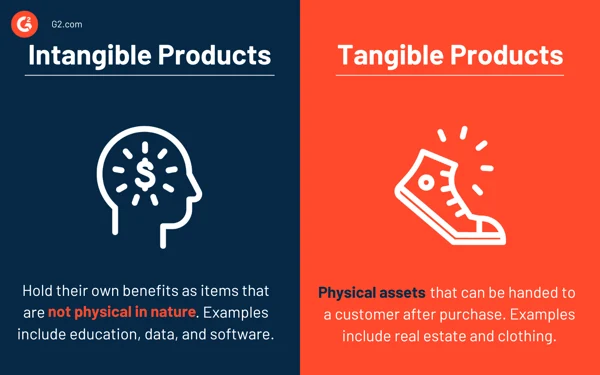
Tangible vs. Intangible Product Conundrum for Your Startup
Tangible vs. Intangible Product Conundrum for Your Startup https://theraise.eu/wp-content/uploads/2024/03/Intangible-Products-vs-Tangible-Products.webp 600 375 RAISE fosters startup growth and scale-up within and across Europe RAISE fosters startup growth and scale-up within and across Europe https://theraise.eu/wp-content/uploads/2024/03/Intangible-Products-vs-Tangible-Products.webpAs an aspiring entrepreneur, one of the critical decisions you’ll face early on is determining whether your startup will offer tangible or intangible products. While tangible products have a physical presence, intangible products often manifest as services or digital goods. Both avenues present unique opportunities and challenges, making this decision crucial for the success of your venture. Let’s delve deeper into this conundrum and explore the considerations to guide your decision-making process.
Understanding Tangible Products
Tangible products are physical items that customers can touch, feel, and interact with. From consumer goods like electronics and apparel to industrial equipment and machinery, tangible products have a tangible presence in the market. Offering tangible products can provide a sense of credibility and legitimacy to your startup, especially in industries where physicality matters.
However, the production and distribution of tangible products come with logistical complexities and upfront costs. From sourcing raw materials to managing inventory and shipping logistics, entrepreneurs must navigate various challenges to bring their tangible products to market successfully. Additionally, competition in the tangible product space can be fierce, requiring innovative differentiation strategies to stand out.
Exploring Intangible Products
In contrast, intangible products encompass services, software, and digital goods that offer value without a physical form. From consulting services and software applications to digital content and online courses, intangible products leverage expertise, creativity, and technology to fulfill customer needs. Offering intangible products often entails lower production and distribution costs compared to tangible products, making them appealing to startups with limited resources.
Intangible products also offer scalability and flexibility, allowing startups to reach a broader audience and adapt quickly to market changes. With the rise of the digital economy, the demand for intangible products continues to grow, presenting ample opportunities for startups to innovate and disrupt traditional industries.
Navigating the Decision
When deciding between tangible and intangible products for your startup, consider the following factors:
- Market Demand: Evaluate the needs and preferences of your target audience. Determine whether they prefer tangible products for their tactile experience or intangible solutions for their convenience and accessibility.
- Resources and Expertise: Assess your startup’s capabilities and resources. Consider factors such as production facilities, supply chain management, and technical expertise required to develop and deliver tangible products versus the skills needed to offer intangible solutions.
- Competitive Landscape: Analyze the competitive landscape within your industry. Identify gaps and opportunities where your startup can differentiate itself, whether through innovative tangible products or unique intangible offerings.
- Scalability and Growth Potential: Consider the scalability and growth potential of your chosen product category. Evaluate whether tangible products may face limitations in scaling production and distribution compared to intangible products with digital delivery mechanisms.
- Customer Experience: Prioritize customer experience and satisfaction. Determine how your chosen product category aligns with your target audience’s preferences and expectations, ensuring that your offerings provide value and meet their needs effectively.
Which Path Will You Choose?
Whether you opt for tangible or intangible products, the key to success lies in understanding your market, leveraging your strengths, and delivering value to your customers. While tangible products offer a physical presence and tactile experience, intangible products capitalize on flexibility, scalability, and digital innovation. By carefully weighing the pros and cons of each option and aligning your decision with your startup’s vision and capabilities, you can pave the way for growth and success in the competitive landscape of entrepreneurship.
Photo via G2
- Posted In:
- Startup News




